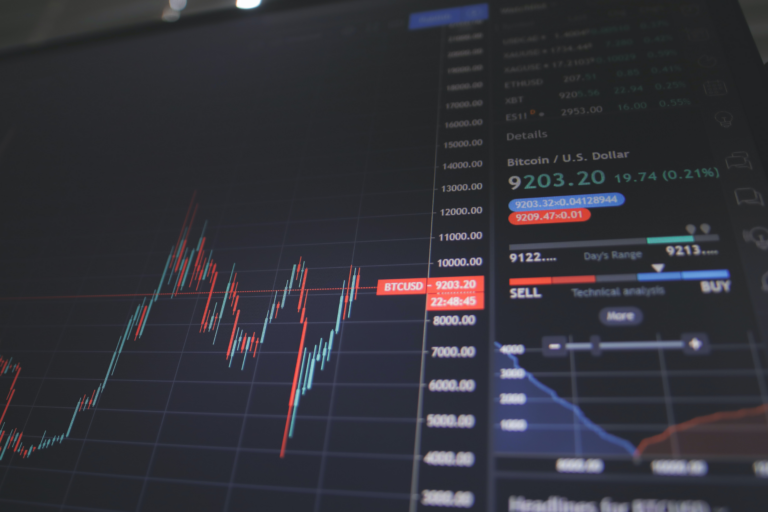
Morning Brief – There’s tightening and there’s quantitative tightening
There’s tightening and there’s quantitative tightening
Pre-2008 financial crisis quantitative easing (QE) wasn’t a particularly familiar tool, nor was it particularly common knowledge outside the realm of central banking. However, when it became clear in the midst of the Great Recession that ever lower interest rates just weren’t going to cut it, quantitative easing was rapidly ushered in as a suddenly normal policy tool. Most developed nations have continued to sustain an element of QE post financial crisis with it becoming a seemingly permanent monetary fixture. The interpretation of just what QE means has been different also.
Often referred to as the printing of money, QE seeks to inject liquidity and money into the financial system by a central bank purchasing debt thereby freeing up the money to the debt issuing entity. This serves the role of preserving the functioning of capital markets during periods of financial duress whilst also providing stimulus, with the central bank dictating the pace of the injection. Exactly what debt is purchased and from whom has been the source of national variation. The Eurozone has had to flirt and dodge its own rules set out in its founding treatises and will therefore only buy debt on the secondary market (I.e post-first issuance) creating a potential weak spot in policy. The Federal Reserve in the US by contrast has been far more zealous with corporate as well as public debt on the table for purchase.
In the world we now live in, characterised by soaring inflation, markets have made a resounding pledge to pursue monetary tightening. The focus for markets and currencies has so far been on the headline decision taken with respective headline interest rates and how the market is pricing those same rates across the forward curve. As inflation continues to persist central banks are also now addressing their balance sheet and how they will unwind the accumulation of debt on their books as a result of nearly two decades of QE. So-called quantitative tightening presents its own risks and apart from very isolated and short-lived cases, is relatively untested.
Each nation as a result of its QE program and current inflation outlook has a different task to face up to with respect to quantitative tightening. The Fed will now finally begin unwinding the public (Treasury) debt that it holds as it tries to dispose of its $9T balance sheet. It has announced plans to boost the monthly caps for Treasuries and Mortgage-backed securities it holds allowing a combined near-$100bn windup per month. How the money market digests this and other attempts to winddown central banks’ balance sheets will be increasingly critical to foreign exchange flows.
Discussion and Analysis by Charles Porter

Click Here to Subscribe to the SGM-FX Newsletter
Related Insights

Daily Brief – A risky ‘risk-on’
A risky ‘risk-on’ The theme of this week is undoubtedly the risk-on rally caused by reported progress on a Russia-Ukraine peace deal. As always with market moves driven by this topic, the details are opaque and at a time where progress is claimed, bombs continue to fall on Kyiv. Optimism comes from speculation that Ukrainian […]

Daily Brief – Back in business?
Back in business? Tomorrow will mark one week since the President’s signature was provided to end the longest US government shutdown in history. It is not uncommon for the legacy of a shutdown to drag on beyond its formal conclusion date because it can naturally take differing amounts of time for different departments to get […]

Daily Brief – Clarity
Clarity The Bureau of Labor Statistics yesterday ended speculation on the fate of data produced during the recent US government shutdown. As a result of the inability to collect key household data, notably on unemployment, it has announced that there will not be an October jobs report. Moreover, what little data that was collected in […]



 Charles Porter
Charles Porter